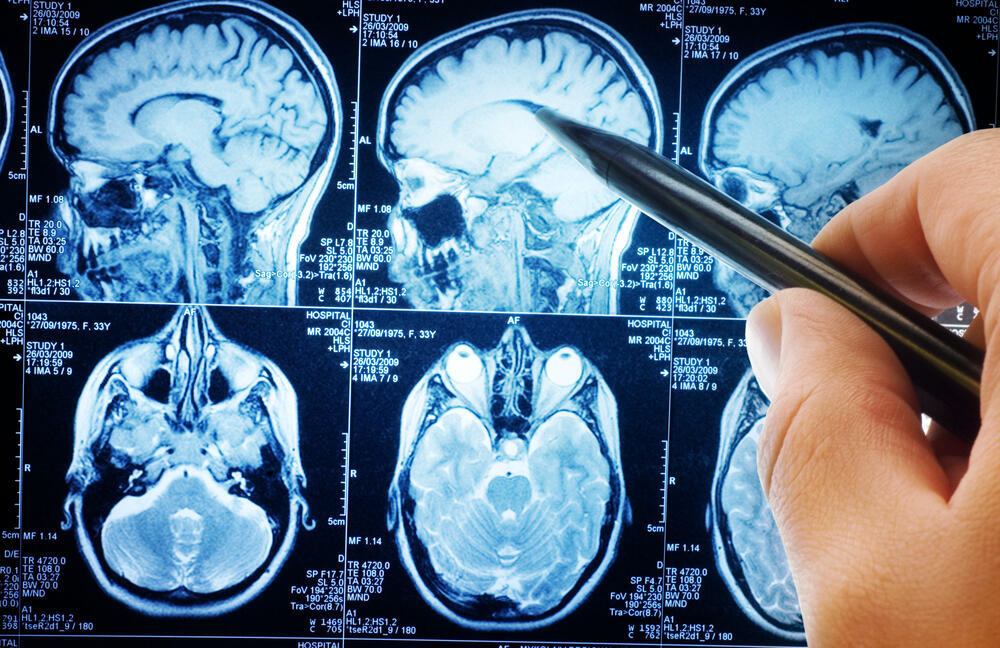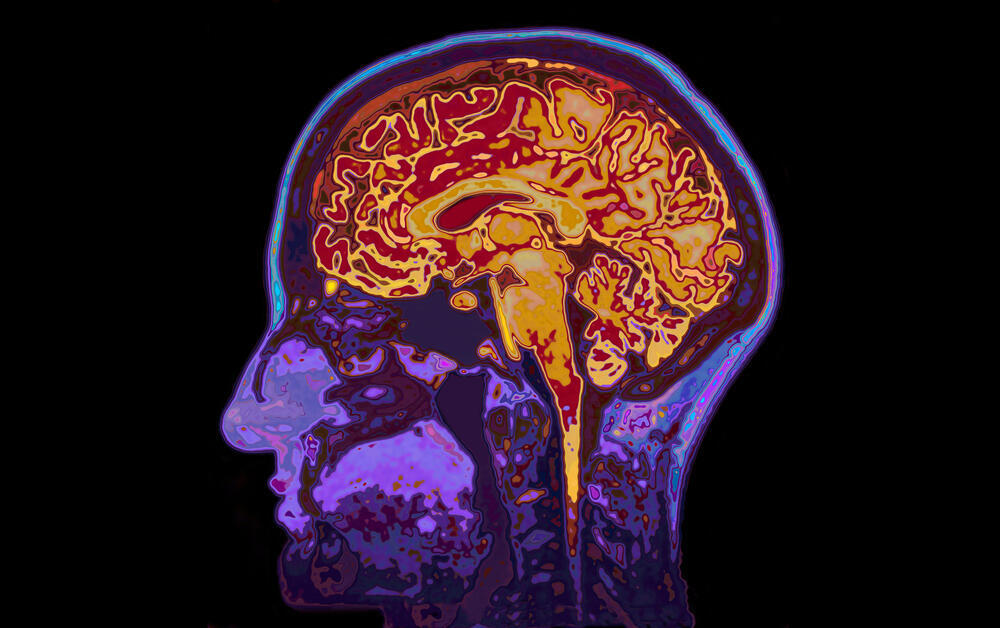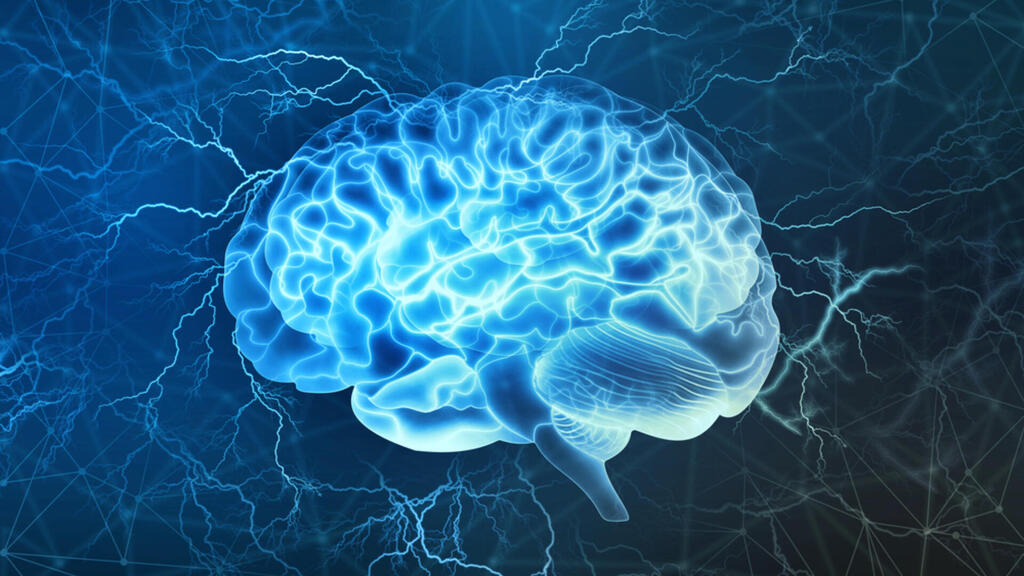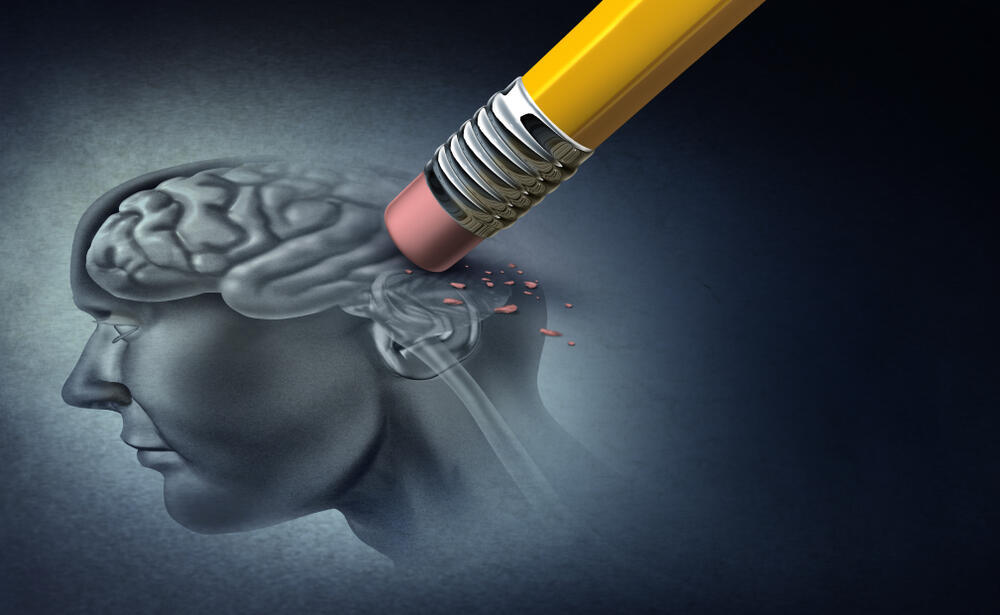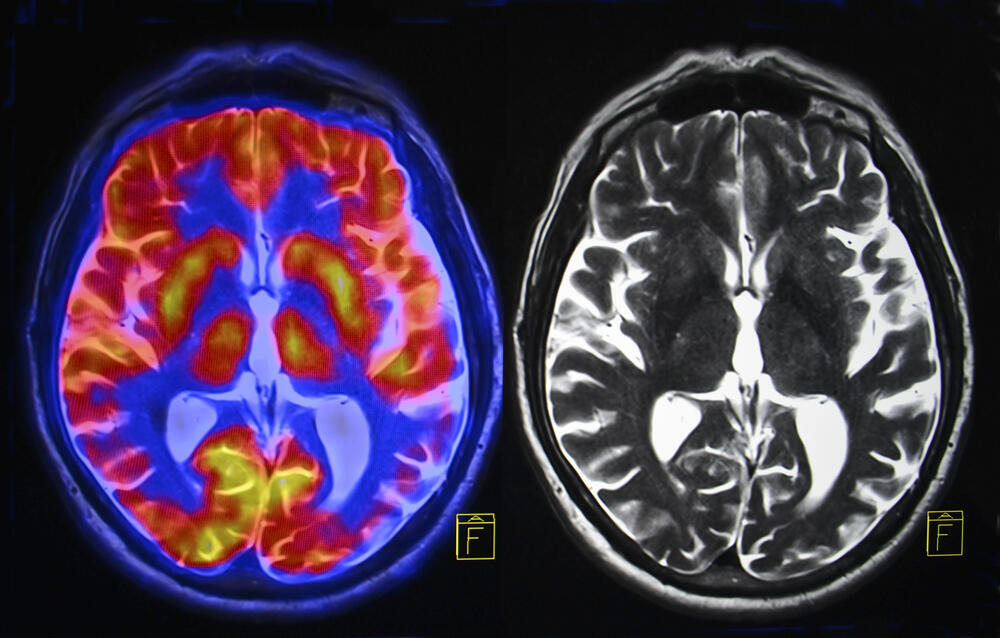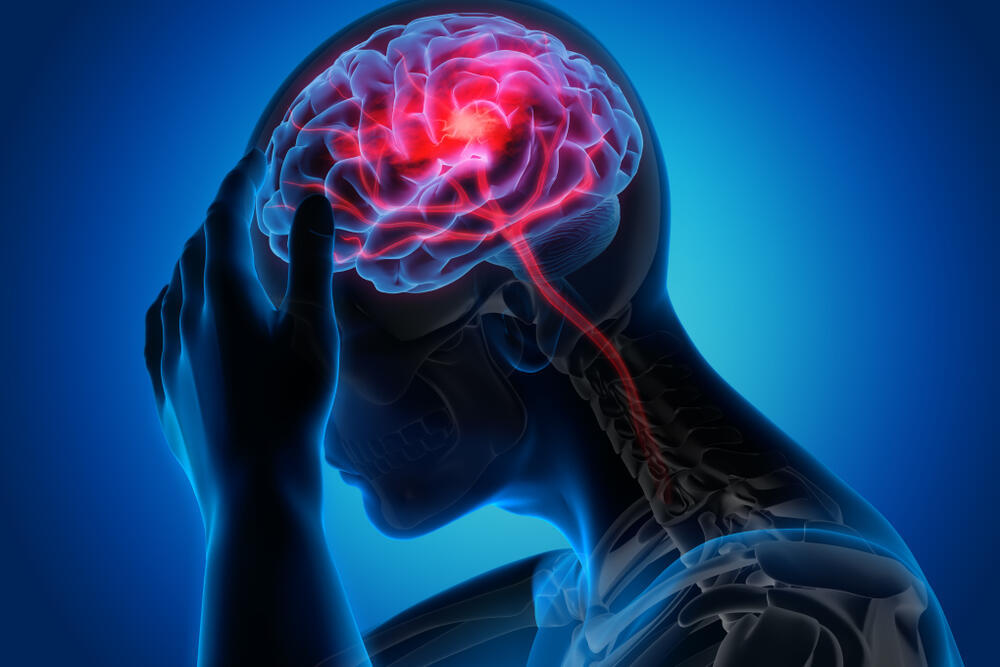In 1938, amidst the Spanish Civil War, a man who would later be known as patient M. was shot in the head. The bullet penetrated his skull and exited, damaging delicate brain tissues in its path. M. recovered from the injury, but from that day forward his life was never the same: his vision became reversed.
More stories:
Sometimes left would become right, and sometimes up would become down turning the world on its head. The orientation of objects took on a new meaning for M., who was now able to read words and numbers from left to right and from right to left at the same speed, and read a clock from any angle.
Colors too began to behave strangely, occasionally “dissociating” from the objects they adorned. In general, his injuries brought about a significant shift in the way by which M perceived and interpreted the world.
M’s unique story can teach us a great deal about the way our brain functions. His complex injury affected a range of skills for which the brain is responsible, but did not completely disable them. From this, one might infer that different areas in the brain cooperate and that no single area is exclusively responsible for a specific skill.
Human behavior, which fascinates brain researchers, is intricate and difficult to understand. However, research into the physiological mechanisms behind it necessitates invasive experiments on humans, endeavors undertaken sparingly and with great caution. Explaining the brain's role in shaping individuals' responses to the world is often a formidable challenge.
Individuals like M, who have endured brain injuries and consequently undergone profound transformations, offer researchers invaluable opportunities to dissect the inner workings of the human brain and draw conclusions that advance our understanding of the brain and potential treatments for it.
Over the course of history, physicians have meticulously chronicled the experiences of patients who suffered from brain damage, meticulously documenting their symptoms and the nature of their afflictions. Their collective efforts have aimed at establishing correlations between specific brain regions and the behaviors and skills influenced by them.
In this article we will mention some of these cases and illustrate how our understanding of brain functions has progressed thanks to random accidents that carried unforeseeable and serendipitous consequences.
Phineas Gage’s new personality
Phineas Gage was a 19th-century railroad worker tasked with clearing large rocks to make way for railroads. In a tragic turn of events, the explosive that was used to clear the rocks detonated prematurely, resulting in a grievous accident, where an iron rod pierced Gage’s skull and emerged on the other side.
Astonishingly, Gage survived despite the gaping hole in his head, living for an additional twelve years. Surprisingly, his memory and his physical abilities to move and work remained largely intact. However, those who knew him well observed a dramatic alteration in his personality following the accident.
He became rude, restive, frequently uttered curses and became prone to outbursts, struggling with maintaining his composure. Years after Gage’s passing, his skull was subjected to examination to understand the precise area of the brain affected by the passing of the rod, shedding light on the extraordinary personality transformation that ensued.
It was determined that the rod primarily damaged the frontal part of Gage’s brain, specifically targeting the region known as the “prefrontal cortex”. The cortex itself is formally subdivided into four distinct lobes, with the prefrontal cortex residing within the frontal lobe, as implied by its name.
Today we acknowledge this region as instrumental in various faculties, including impulse control and behavior regulation - the very abilities that became compromised in Gage's case. Furthermore, it plays a central role in governing advanced cognitive functions, encompassing complex mental processes such as memory, attention, learning and abstract thinking - and even subtle nuances in personality expression.
Our contemporary understanding of the prefrontal cortex also sheds light on the effects of a historical neurosurgical procedure known as lobotomy, which gained popularity in the 1930s. Today it is considered both medically and ethically controversial.
The objective of this operation was to sever the connection between the frontal lobe and the rest of the brain, assuming that this will alleviate issues stemming from its improper functioning. Although intended primarily for severe mental disorders, such as schizophrenia, its application ranged disconcertingly and in practice was also performed on homosexuals, people with developmental cognitive disabilities, and even women who displayed maternal disinterest or unconventional behavior.
Presently, lobotomy is an exceedingly rare practice, with the majority of medical professionals and researchers regarding this procedure as archaic and indiscriminate, fraught with potential adverse medical complications such as brain hemorrhages, seizures, infections, and even death.
Henry Molaison’s unique memory
Henry Molaison, mainly known by his initials, H.M., made a groundbreaking contribution to our understanding of human memory. Following a bicycle accident in his childhood, Molaison experienced severe and debilitating seizures that prevented him from leading a normal life.
In an effort to mitigate these seizures, in 1953, at the age of 27, he underwent an unusual surgical procedure, in which a substantial portion of his brain was excised. While the surgery notably decreased the frequency of Molaison’s epileptic seizures in the following years, it brought about an unexpected side effect: Molaison lost the ability to form new memories post-surgery.
While he retained recollections from his life before the surgery, he could remember nothing that occurred after it. Brenda Miller, a memory researcher who worked closely with Molaison for decades, found herself reintroducing herself to him on a daily basis.
The root cause of Molaison’s peculiar condition, termed “anterograde amnesia”, was traced to the removal of a vital region of his brain during the surgery: the hippocampus. Named for its seahorse-like shape in Greek, the significance of the hippocampus in memory formation was not fully realized by surgeons of that time.
Once formed, memories “migrate” to other areas of the brain, where they are securely stored for years, independent of the hippocampus. Thanks to this process Molaison was still able to access past memories, even after the surgery.
Though his ability to remember new people or experiences was impaired, Molaison was still able to learn new skills and commit them to memory. In the following years he was involved in a number of scientific studies, during which he learned to perform complex motor tasks, such as drawing a complex picture while only looking at its reflection in a mirror.
After learning the task, he repeated and practiced it. Molaison’s performance improved, even though he had no recollection of the learning process itself.
This phenomenon led scientists to deduce that our memory is not monolithic, but consists of several sub-skills that depend on different parts of the brain. The type of memories that were impacted in Molaison, those of personal experiences, are termed “declarative memories” (as they can be articulated and declared explicitly) and they rely on the hippocampus.
In contrast, the memories that are associated with skills are termed “procedural memories”, and their formation involves other parts of the brain - parts that were not removed from Molaison’s brain. Our procedural memories, encompassing skills such as riding a bike or playing the piano, hold significant importance in our lives. While they may not be as consciously accessible as declarative memories, they profoundly shape our lives and contribute to our sense of self-identity.
Broca’s and Wernicke’s language centers
The ability to understand and use language is one of the most impressive human capabilities, enabling us to articulate complex ideas and communicate effectively with others. People who sustained brain damage may lose some of their language skills; alongside the challenges they undoubtedly face as a result of the injury, such cases have advanced our knowledge and understanding of language and the mental skills required to use it.
Pierre Paul Broca, a 19th-century French doctor, noticed that some of his patients lost their ability to speak following an injury to the left frontal part of their heads. One of his patients, a man in his 50’s named Louis Victor Leborgne, could only say the word "tan" due to brain damage he sustained in his youth.
Despite this, Leborgne's IQ and cognitive faculties remained intact, as did his understanding of language. After Leborgne's death, Broca examined his brain and found damage in a specific area of the frontal lobe, which would subsequently be named “Broca’s area” in his honor.
Leborgne’s condition is now termed expressive aphasia, or Broca aphasia. The term aphasia (from Greek ἀ+φασία, literally meaning "lack of speech") describes any impairment in language skills originating from physical damage to the brain. While individuals with expressive aphasia can comprehend language, they struggle to articulate their thoughts verbally.
Broca wasn’t the only one to have associated language skills with a specific brain region. Following the publication of Broca’s findings, Carl Wernicke, a German physician, identified another region of the brain - located at the juncture of the parietal lobe and the temporal lobes - damage to which led to a distinct linguistic impairment. This region was named “Wernicke area” after him.
Unlike Broca’s patients, Wernicke’s patients retained the ability to speak, but their words and sentences lacked any linguistic comprehension. They did not comprehend others and formed lengthy sentences adhering to the rules of grammar, but some of the words were replaced by others in a manner that made the sentence entirely meaningless.
This type of damage is currently known as “receptive aphasia” or Wernicke’s aphasia. Those suffering from it speak fluently, often unaware of the incoherence of their words, but are able to understand (or “receive”) language.
Historically, a theoretical model that posited a division of labor between Broca’s and Wenricke’s areas emerged, attempting to explain how we plan speech activity and execute it, linking Broca’s area with Wernicke’s area. According to this theory, sentence construction and planning occurred in Wernicke’s area, while the actual articulation was executed through motor activity in Broca’s area.
However, we currently understand that this process is considerably more intricate and far more complex. Broca’s and Wernicke’s areas play important roles in our language and speech skills, but they are not solely responsible for them. Other regions in the brain participate in the intricate process of language production and comprehension. process of language production and comprehension.
Split-brain and hemispheric communication
The brain, through a singular structure, is divided into two hemispheres. These hemispheres are interconnected by a thick bundle of nerve cells known as the “corpus callosum”, which bridges the hemispheres, facilitating close communication between them.
As we’ve observed in the context of language, some brain functions predominantly involve one side of the brain more than the other, but under normal circumstances continuous communication between the hemispheres enables integration of information from both sides of the brain.
What happens, when this communication bridge is severed, allowing each hemisphere to function in isolation, disconnected from its counterpart, with no communication between them?
This condition is termed “split-brain” and it is usually a result of a surgical procedure, although some children may naturally be born with a dysfunctional corpus callosum. In particularly severe cases of epilepsy, a condition characterized by unregulated electrical brain activity - physicians may recommend severing the patient’s corpus callosum surgically.
This surgical intervention curtails seizures that commence in one hemisphere from afflicting its counterpart. The few subjected to this procedure present a golden opportunity for scientists to ask questions and learn more about the way by which perceive the world and carry out our daily actions, which typically involve coordination between both sides of the brain
It is important to note that the brain operates contralaterally; that is, information processed by a sensory organ on one side of our body is relayed to the opposite hemisphere. Tor instance, our visual perception works this way - the left side of our visual field is processed and interpreted by the right hemisphere, and vice versa.
In a well-known experiment involving split-brain patients, subjects were presented with an object that is located on one side of their visual field and were asked to name it. As Broca’s and Wernicke’s research has taught us, the regions of the brain involved in speech production are located in the left hemisphere.
Hence, subjects were only able to name the object when it was presented to them on their right side, seen with their right eye and the information regarding it was processed by the left hemisphere. Conversely, when the object was presented on the left side, seen by their left eye, the information did not reach the left hemisphere, and as a result, the subjects responded that they cannot see anything.
Sometimes, due to damage to one of the hemispheres, patients may “ignore” the part of space typically processed and analyzed by it. This phenomenon is termed “neglect syndrome”, and it can manifest, for example, following a stroke. Affected individuals could, for instance, consume food solely from one half of a plate and draw on only one half of a paper sheet, oblivious to the neglected half.
Not just subjects - human beings
Throughout history, brain researchers have documented the cases of people who had the misfortune of sustaining brain damage and subsequently, experienced the word in an unusual manner. A deep examination of such cases completely changed what we know about the human brain, allowing researchers to learn more about how complex behaviors and characteristics are embodied in its physiological structures.
It’s important to remember that this knowledge was gathered with the help of these subjects, some of whom were unable to lead a normal life and were sometimes perceived merely as research subjects. Ultimately, these patients are first and foremost human beings and we must treat them with the respect they deserve, protect their privacy and strive to do right by them.
Thanks to the studies described in this article as well as many others, current day medical professionals can provide better treatment to people who have sustained brain damage. Continuing and deepening research of brain activity could teach us more about human cognitive abilities, and hopefully provide care for individuals who may suffer from brain damage in the future.


